Most of us can’t grow our own coffee, but we can easily find this wild coffee substitute!
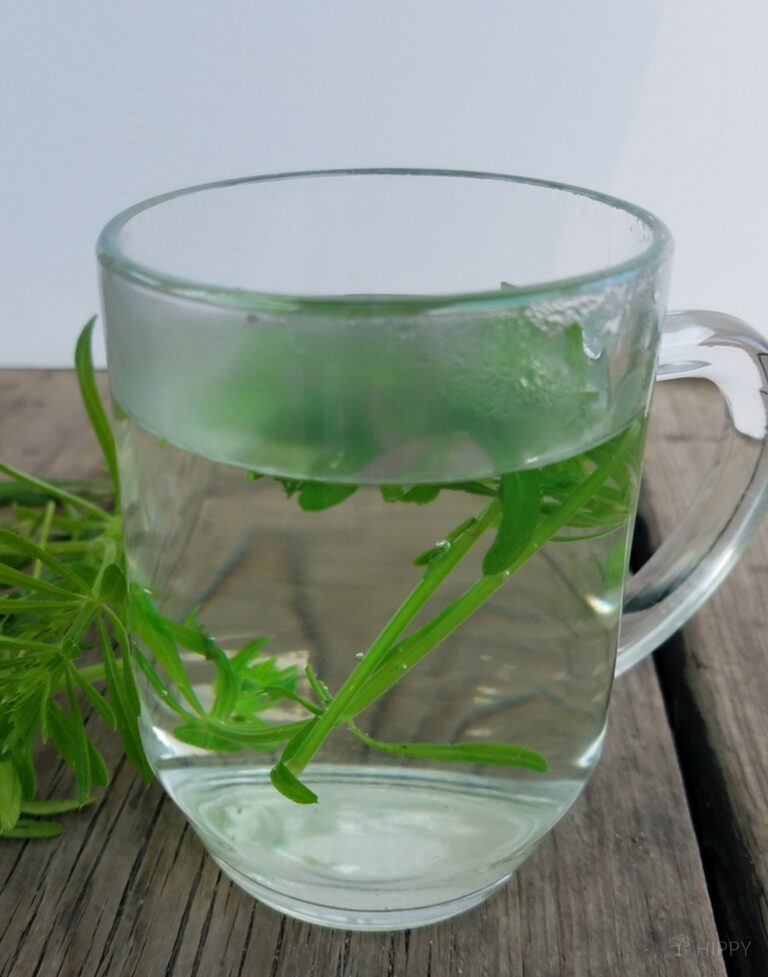
Cleavers, Galium aparine, is a fast growing weed that can be found in damp areas and along fence lines.
The plant has narrow lance shaped leaves that are very sticky. Cleavers is also sometimes referred to as “nature’s velcro” due to the sticky leaves and stems.
Also known as Goosegrass, Barweed, Catchweed, Cleavers, Stickywilly, Zhu Yang Yang, it is commonly found blooming from April through September, but July is said to be the ideal time for harvesting.
The blossoms on the cleavers plant are tiny, white flowers less than ⅛ inch in diameter. They will appear star like and be arranged in clusters or whorls.
Most often, there will be 6-8 blossoms together, but they can bloom separately. Flowers and seeds can be present in each cluster at the same time.
Cleavers herb health benefits include a historical herbal medicine use for cleansing and purifying the blood, kidneys and to stimulate the lymphatic system.
It has also been use to help treat edema, or swelling of the extremities. It has also been used to help with urinary tract infections (source).
There are currently no known contradications to using this, but as always, check with your herbal practitioner before using this, or any herbal remedy medicinally.
Cleavers seed is said to be one of the best foraged plants for a wild coffee substitute.
It is great, roasted on it’s own, but you can also mix it with dandelion root or chicory root for a deeper coffee flavor. While cleavers seeds do not have the taste of coffee on their own, the roasted seeds will have the smell of regular coffee.
Cleavers is an edible plant, but many find the taste to astringent on it’s own and prefer to use it as a seasoning type herb in soups and salads.
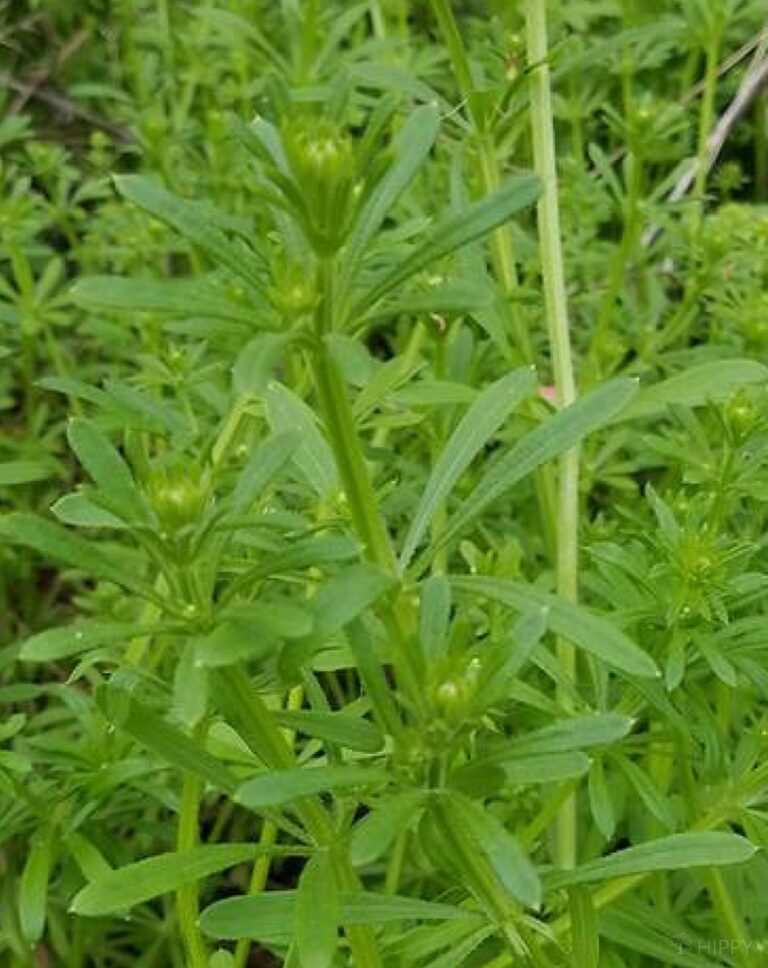
Foraging for Cleavers
To make the coffee substitute, you just need to collect and dry the seeds.
- Carefully cut the top of the plant into a paper bag.
- Shake gently to remove spines and leaves.
- Separate the seeds out, and allow to dry for 2-3 hours before roasting.
- Roast them gently in a medium hot, dry skillet to get the essence which is very similar to coffee.
You can also make an herbal tea from fresh cleavers. Simply collect the leaves, wash gently to remove dirt or bugs and steep 1 cup of leaves in ½ gallon hot water for 10 minutes. Strain to remove spines. Sweeten to taste, and enjoy throughout the day.
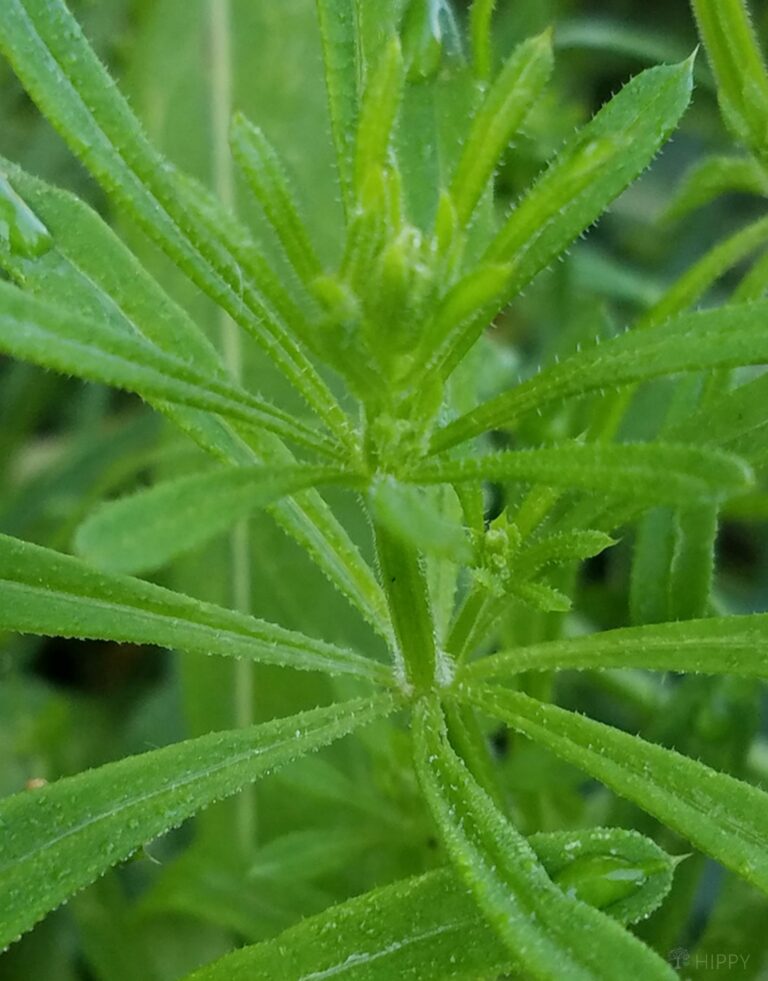
Some tips to remember when harvesting:
- The leaves may cause contact dermatitis in some, so wear gloves when you harvest.
- Cleavers is a very sticky plant and may stick to your shoes, pants, or even your shirt. Be careful to remove all parts of the plant to avoid possible irritation.
- Be mindful of a look-a-like plant, Sweet Woodruff (Galium odoratum), which can get poisonous in large doses. Always double check with a field guide before you consume any wild plant!
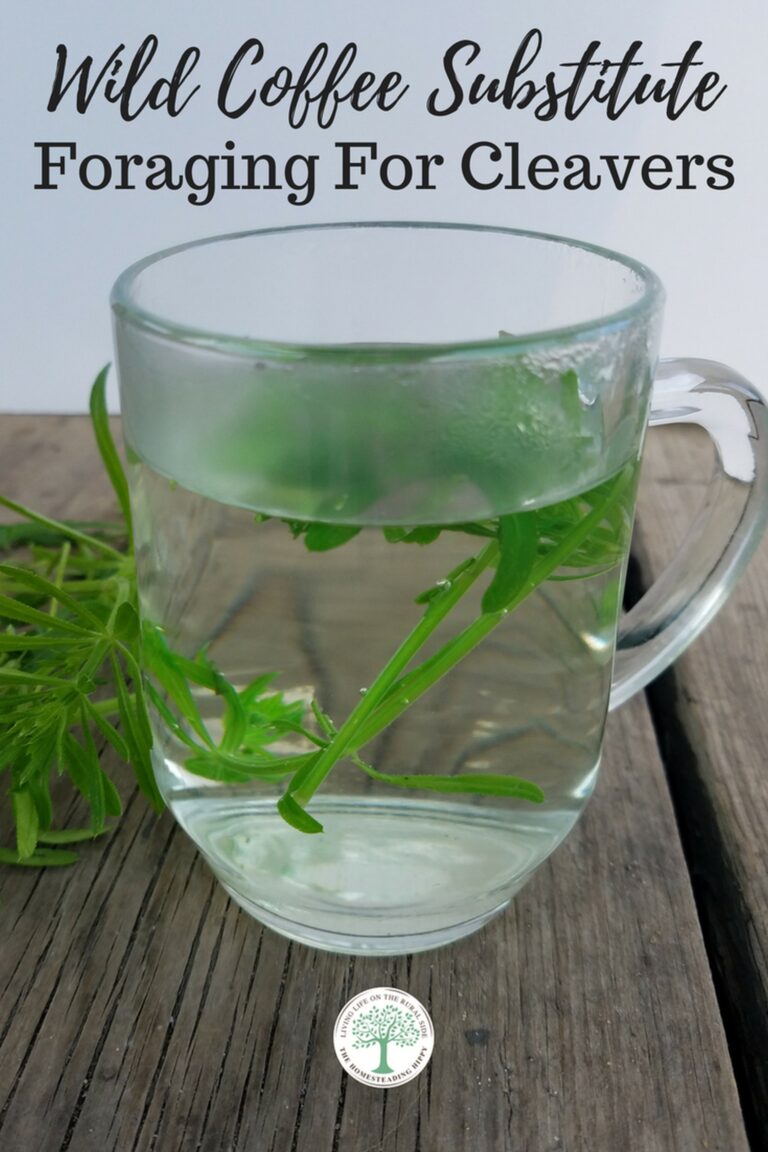
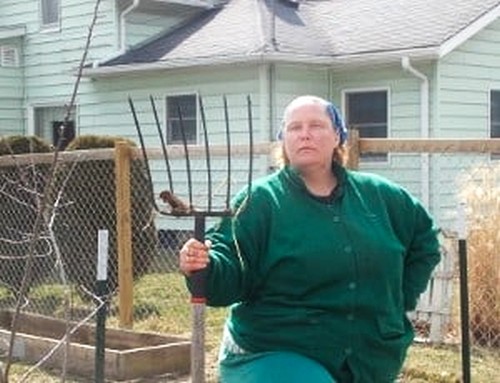
Heather’s homesteading journey started in 2006, with baby steps: first, she got a few raised beds, some chickens, and rabbits. Over the years, she amassed a wealth of homesteading knowledge, knowledge that you can find in the articles of this blog.
Learn more about Heather and the rest of the writers on this page.

I’d love to see a picture of the seeds.
What does the look alike for cleaners look like and how can I be sure I have the actual cleaners that is edible
To think I have waged war on “stick tights” for years, andI could have been treating my daughter’s UTIs with it.